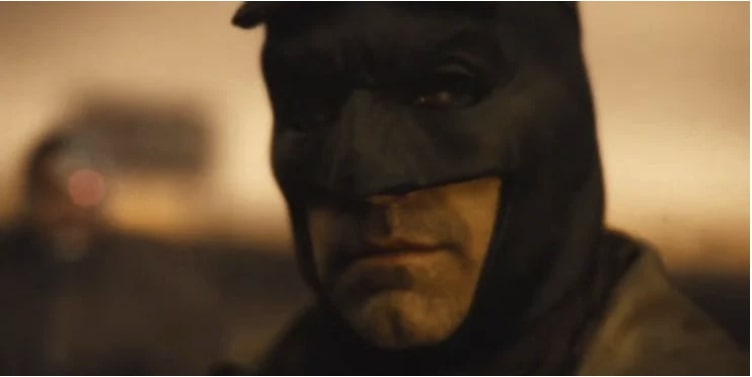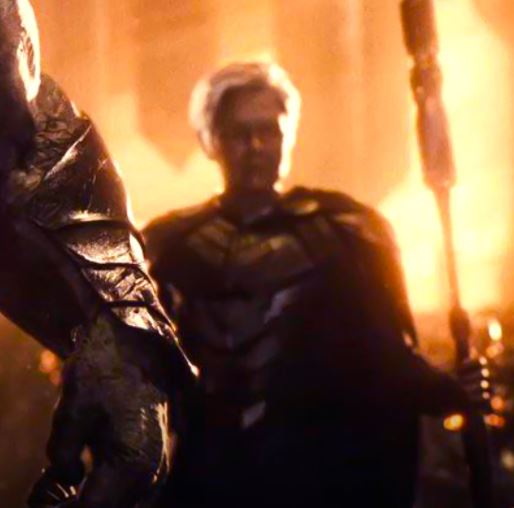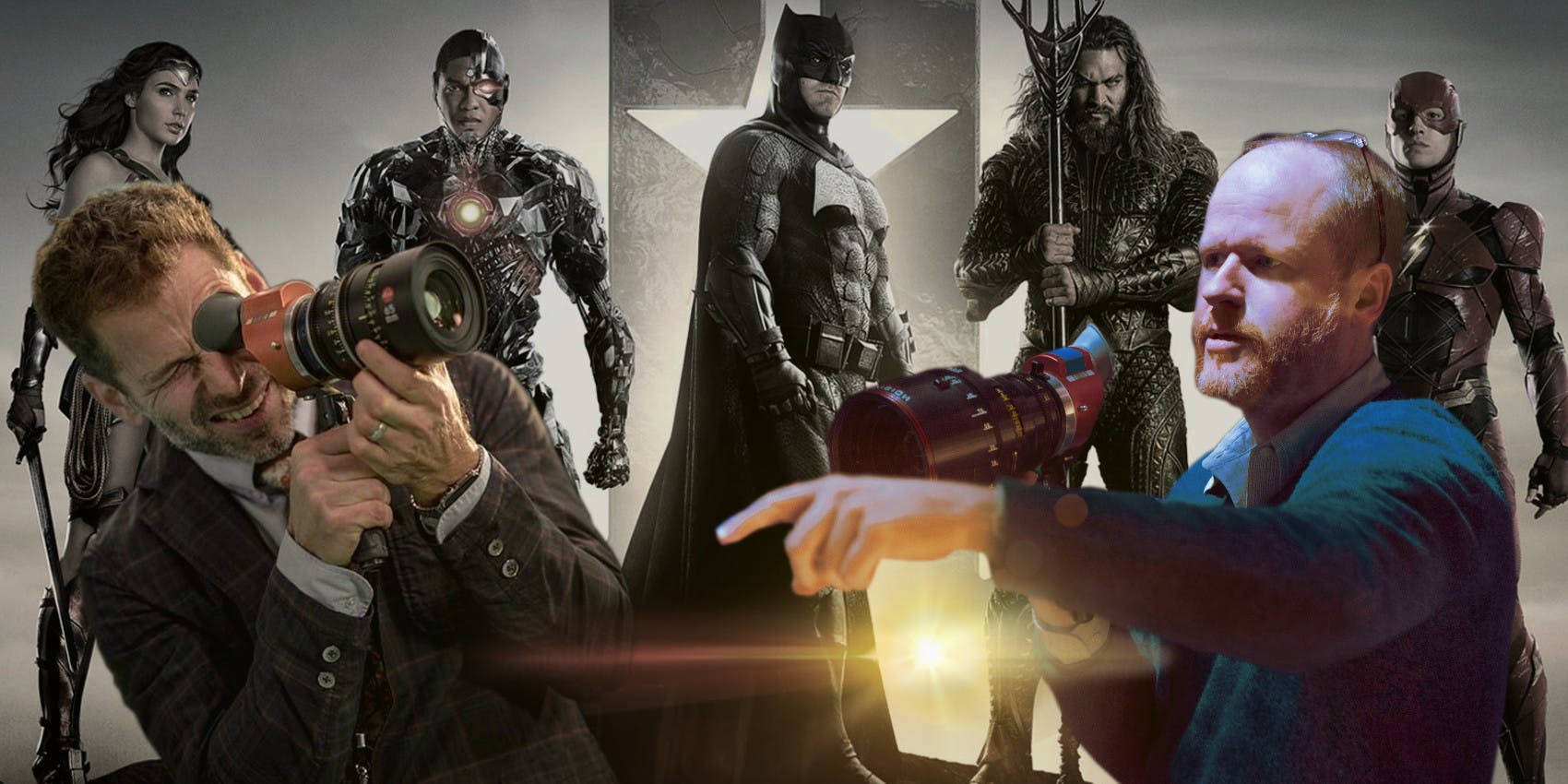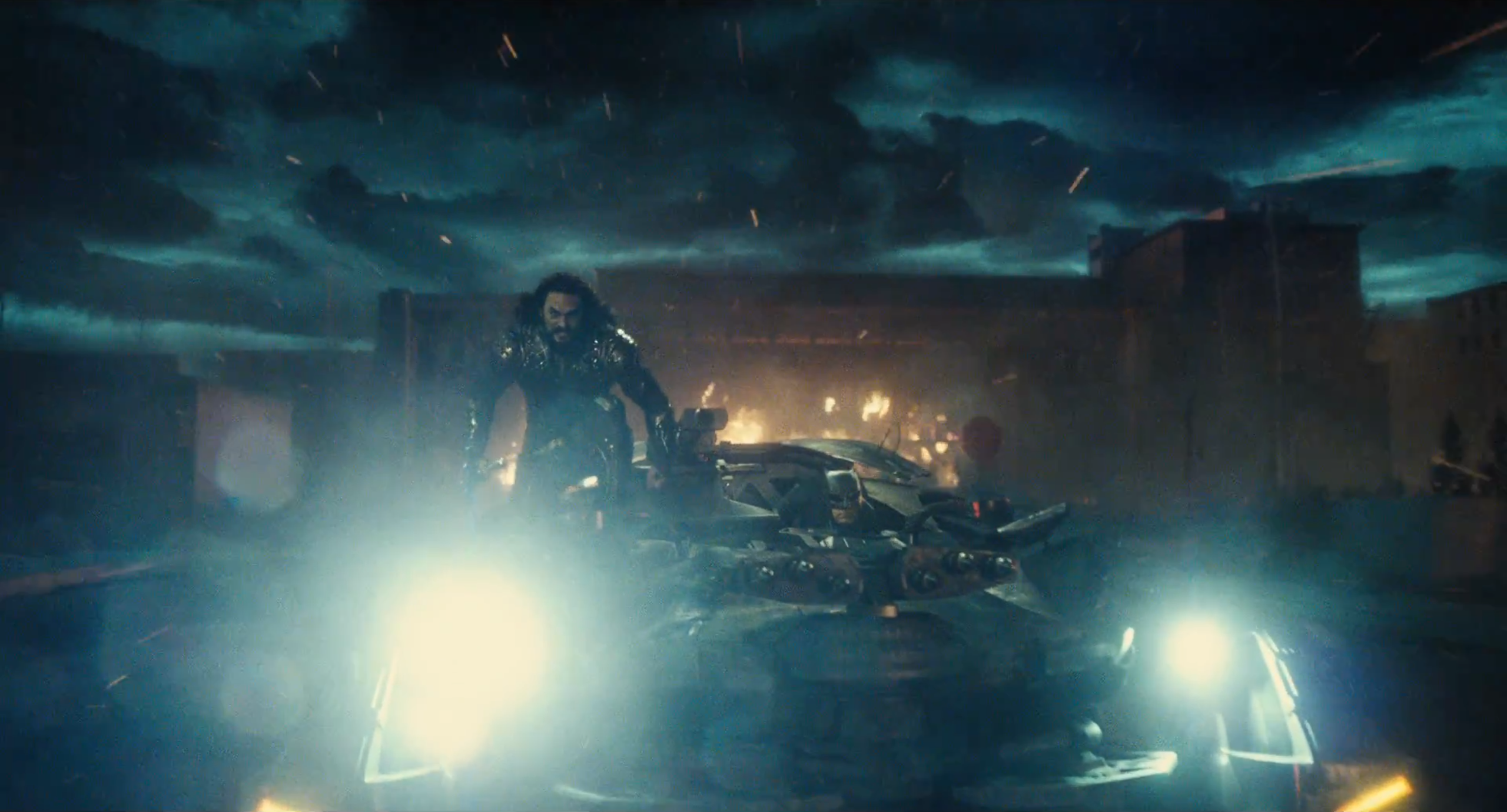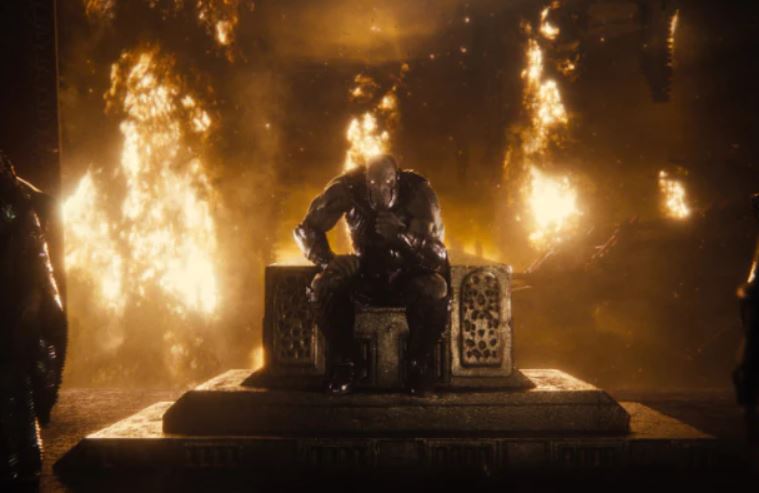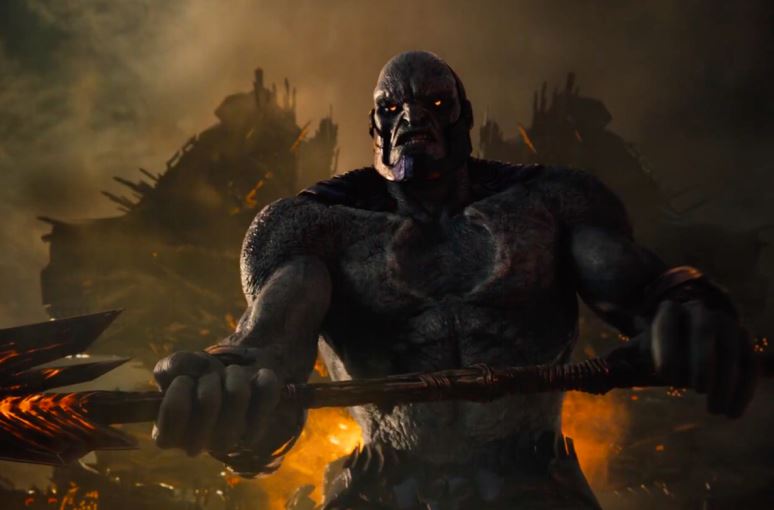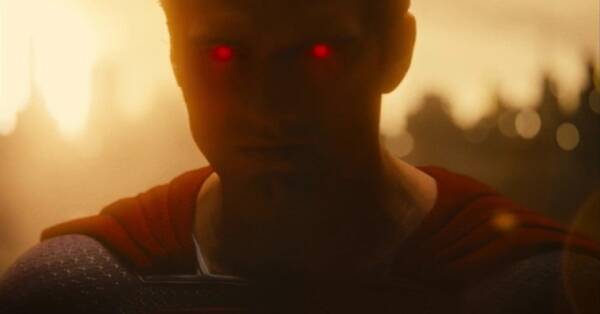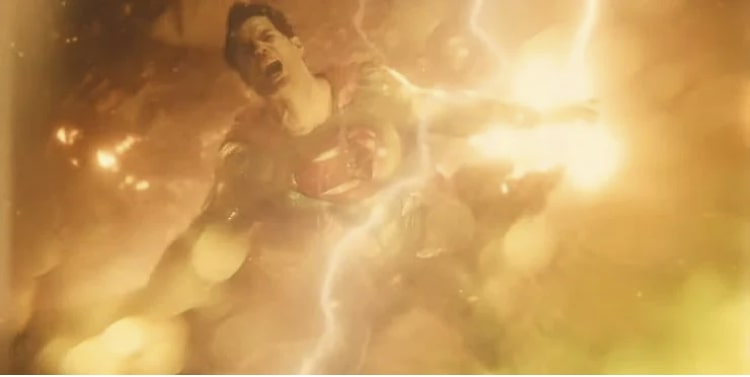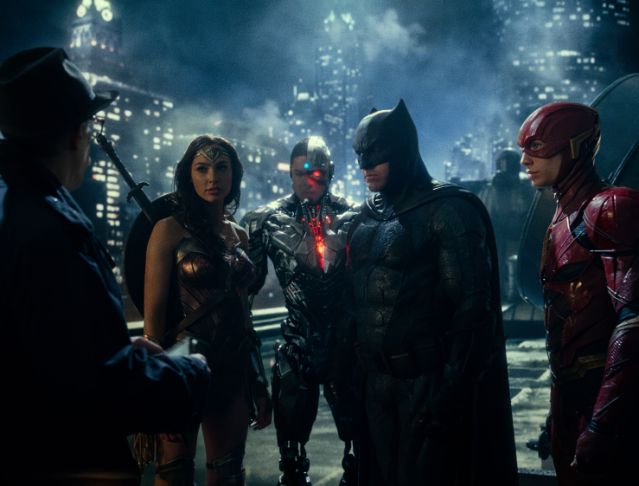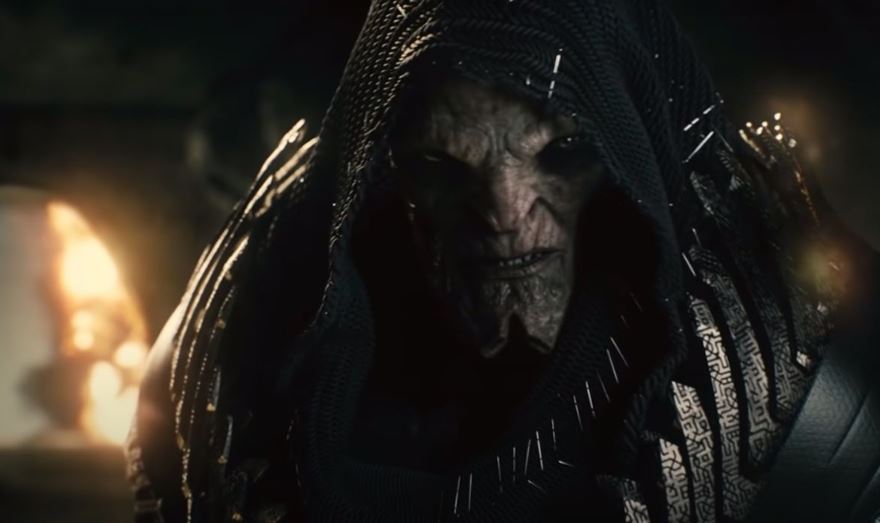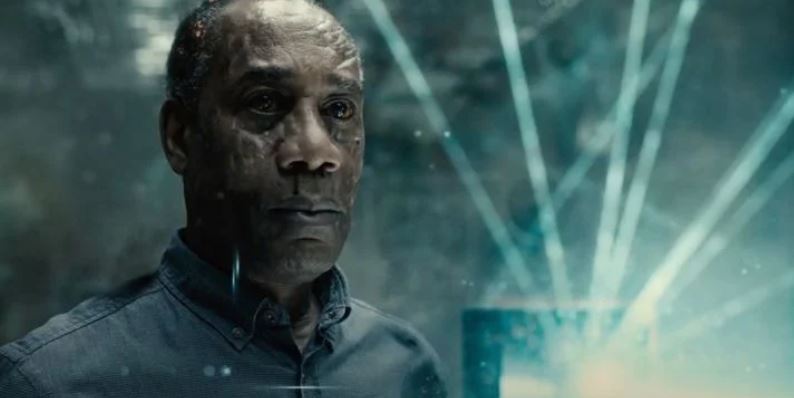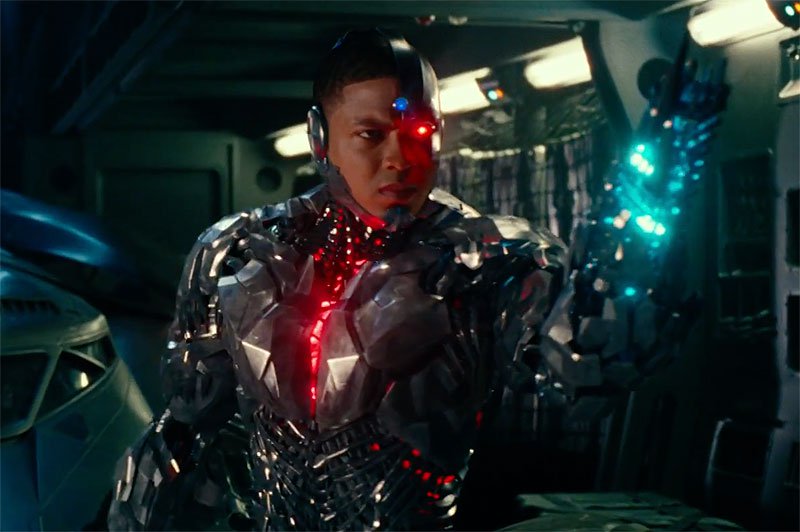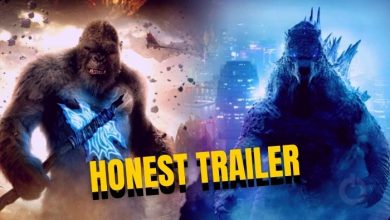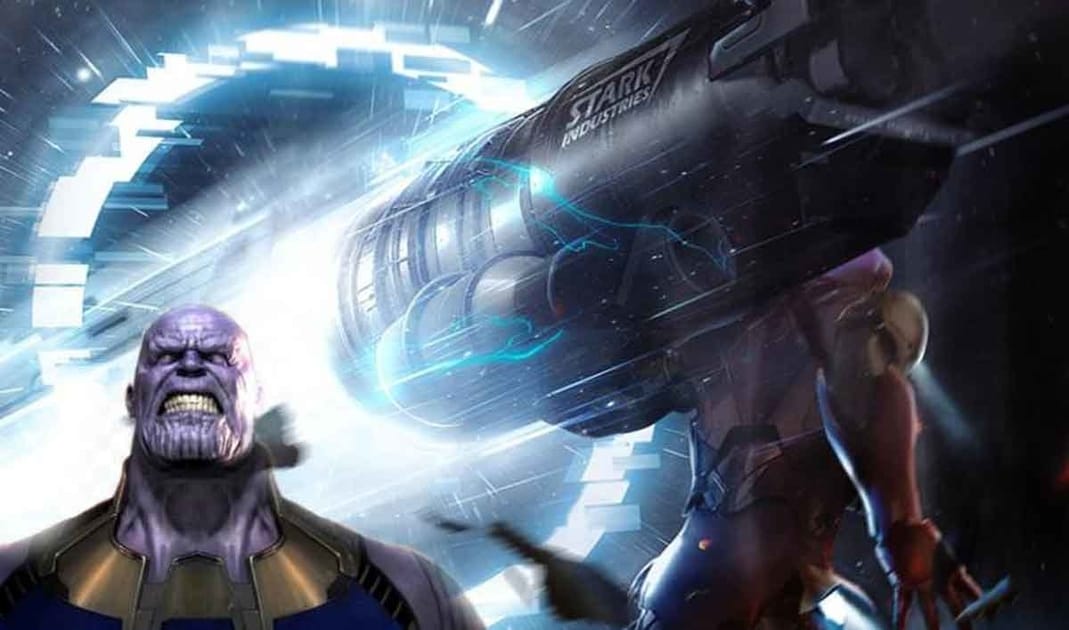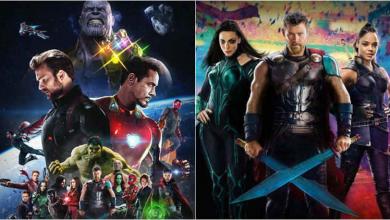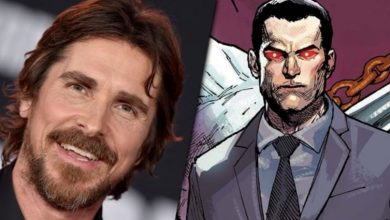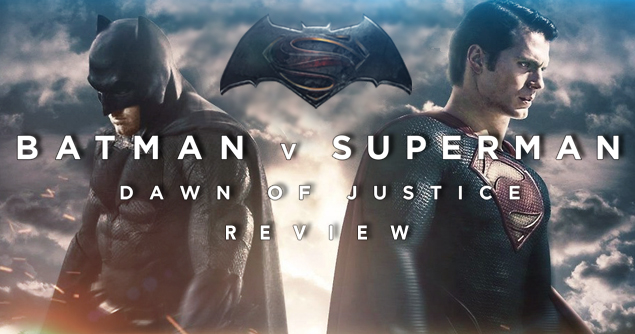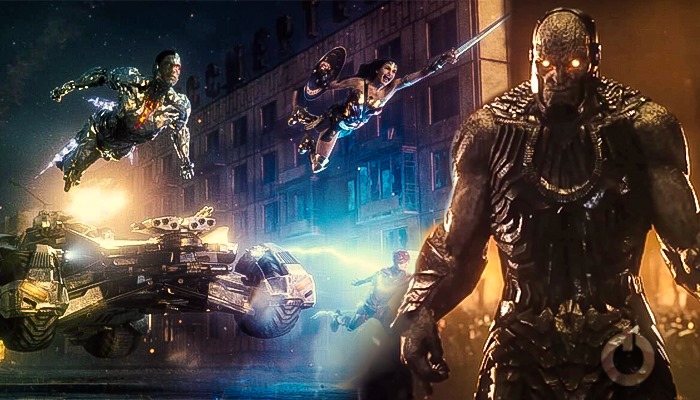
Zack Snyder’s Justice League has finally arrived, and it has baffled everyone in just the right tone. We can all see exactly what was cut from Snyder’s version of the film as we fully experience just how different Zack Snyder’s Justice League is from the theatrical release. Zack Snyder’s Justice League is here in all its four-hour goodness.
Despite its length, the film has received mostly positive critical reception with a score of 76 percent on Rotten Tomatoes. The fan reception is off the charts, and this was expected since we got this only due to the fans.
New Score, Better CGI
Thomas Holkenborg or Junkie XL was originally scoring Justice League before Danny Elfman was brought in. His score was actually good. Snyder Cut brings back Junkie XL, and the results are amazing, with rock, orchestra synthesizers, and wailing vocals, the latter accompanying Wonder Woman and Amazons. There is also sparing but good use of Hans Zimmer’s iconic theme for Superman from Man of Steel. The CGI as a whole is better in Zack Snyder’s Justice League, though it is certainly not perfect. At times, you can see the imperfections, but for the most part, it works. Steppenwolf’s look is one thing that is actually worse this time around. Though the invader was not a perfect specimen of VFX done right in the original, he at least looked like a thinking being than somebody who fused thousands of spikes to make up for an actual armor.
Light humor, Direct Conversations
Zack Snyder’s Justice League is much lighter on banter, replacing jokes and bits with more straightforward interactions that benefit from the expanded runtime’s ability to really develop the characters. It’s more effective for the most part — plus the Snyder cut doesn’t feature a much-criticized moment from the original in which Aquaman straight-up ogles Gal Gadot’s Wonder Woman.
Warner Bros thought the Snyder Cut was too dark, hence Whedon also had the pressure of making the film funnier. And he did his best. That is why the theatrical version felt like a collision of two visions, with the dark aesthetic and dialogue of the original, and one-liners that come out of nowhere. And it must be said, when it comes to banter and team chemistry, the Snyder Cut felt more lifeless. Whedon’s version had more, and better, jokes, even if some of them did not land.
Snyder Cuts Whedon’s Quips
Zack Snyder’s Justice League reportedly doesn’t use a single frame of anything Whedon shot, so as a result, all the Whedonesque quirks and oddities are gone. For instance, during Batman and Aquaman’s first meeting in both versions, Aquaman says, “‘Strong man is strongest alone.’ You ever heard of that?” In the theatrical release, Batman responds, “That’s not a saying. That’s the opposite of what the saying is.” Zack Snyder’s Justice League does away with that little quip, and instead Bats moves on with a sincere observation that he had died fighting alongside Superman.
Most Importantly, Darkseid
Steppenwolf, the villain in Justice League, isn’t actually that big of a deal in the comics because he’s really a lackey for his nephew Darkseid, the New God who rules the hellish planet Apokolips. Darkseid is the ultimate embodiment of evil. He’s a supremely powerful being who wants to conquer worlds and find the Anti-Life Equation, a mythical formula that allows those who know it to dominate the will of any sentient beings they come across. Darkseid appears in the flashback to the battle for Earth 2,000 years ago — which is a notable change in itself, as it’s Steppenwolf, not Darkseid, who fights the men, Atlanteans, and Amazonians in the theatrical release.
Darkseid also appears in the Snyder cut in molten form to speak with Steppenwolf, as does Desaad (Peter Guinness), Darkseid’s master torturer and adviser. All things considered, he’s not in the movie that much, but his presence makes Steppenwolf a more engaging villain because we know he’s really just the desperate herald of a greater evil, rather than a simple, uninspired alien conqueror.
Knightmare Sequence
Zack Snyder’s Justice League features a new Knightmare scene in which the world is a wasteland subjugated by Darkseid and Superman. He rules the earth as a tyrant after Lois Lane died. Batman leads a few rebels that remain, but Superman is pursuing them. It is in this scene, which occurs at the end of the movie, we see Batman in conversation with Jared Leto’s Joker. dare we say it, a great scene. It was clear in this sequence that Superman has turned pure evil and is hell-bent on anyone who stands in the way.
New commencements
It’s a moment that was probably added to help endear audiences to Superman since he’s dead and MIA for half the movie. The next scene is a showdown between Batman and a Parademon across the Gotham skyline. Neither scene appears in Zack Snyder’s Justice League. Instead, this cut opens with extremely Snyder-core slow-motion footage of the ending of Batman v Superman’s final fight, with Superman crying out as he dies defeating Doomsday.
More footage to Cyborg, the Flash, and Aquaman
Aquaman has a visit with Vulko (Willem Dafoe), the chief counselor to the Throne of Atlantis and Aquaman’s secret teacher growing up. Had this scene not been cut from the theatrical version, it would have been Vulko’s film debut, ahead of his appearance in Aquaman, which came out after Justice League. It explains Aquaman’s complicated relationship with the Atlanteans and, really, what his whole deal is as a character, but the additional scenes in Zack Snyder’s Justice League make him more complete going by just this movie alone. The Flash gets more screen time too, notably in another scene cut from the theatrical release, in which he saves the life of his eventual love interest, Iris West, played by Kiersey Clemons. The Flash’s various ticks and self-doubt are toned down, making him an easier screen presence in this version than in the original.
Climatic battles, and additional footage
The climactic battle in Zack Snyder’s Justice League is totally different from the bland CGI-fest we saw in the theatrical version. Here, it makes much more sense and the action feels more cohesive. This film is worth watching just for that final battle. There are other scenes as well, which may have been present in the Whedon version, but feel new and different this time around. There is, of course, more footage, around 2 hours’ worth of deleted scenes. We also got to see Desaad.
Silas Stone In His Prime
One of the clearest differences between the theatrical release and the Snyder cut is that the former ends with Cyborg and his dad, Silas, making up and bonding while Cyborg adopts a glossy new look and C-shaped logo. In the latter, Silas dies in a pretty graphic way, sacrificing himself to superheat the final Mother Box so the League can track Steppenwolf’s location. It’s certainly much more in line with Snyder’s oeuvre, but it makes Cyborg’s character journey feel much more authentic and realized than the happier, brighter ending of the theatrical version.
Rated ‘R’
Oh yeah, the Snyder cut is rated R! Hell, yeah! There are more blood and violence, Cyborg says “f*ck,” and the Joker makes a crack about giving Batman reach-arounds. Biff! Pow! Comics aren’t just for kids anymore. Snyder’s Justice League is not the only one to earn the R-rating actually, WB and DC Entertainment have been more inclined towards experimenting with R Ratings amongst other projects. For example, Batman vs Superman: Dawn of Justice got an R-rated Ultimate Edition released on home video. Warner Bros., call it a gamble or not, played it big with Joker as it became the highest-grossing R-rated film globally with over $1 billion. Birds of Prey (And The Fantabulous Emancipation of One Harley Quinn) was the first theatrically released film in the DC Extended Universe to earn an R rating. But DC doesn’t stop here. DC Extended Universe is expanding even further with the part-sequel and part-reboot, The Suicide Squad, direct but James Gunn, and it will be rated R as well.
What do you think about Zack Snyder’s Justice League? Let us know in the comments below!
